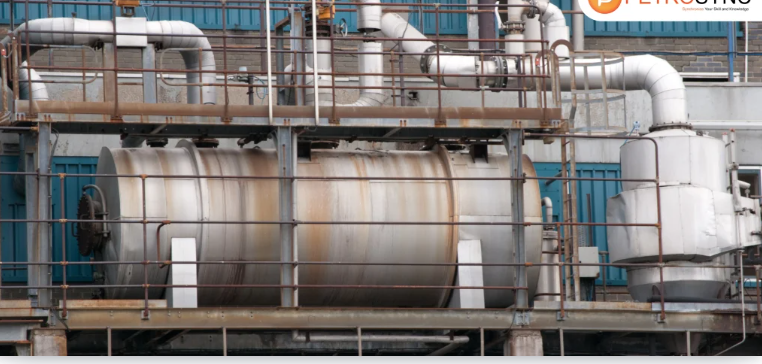Shell and tube heat exchangers are indispensable components in various industrial sectors, revered for their robustness and functional diversity. They function as essential devices in transferring heat between two or more fluids, standing out for their ability to handle high pressure and temperature gradients. Their enduring design is constructed to meet the rigorous demands of heavy-duty operations, confirming their value in any strenuous industrial environment. For organizations aiming to optimize their thermal management systems, understanding the merits of these heat exchangers is paramount. Below, we delve into the unique advantages of utilizing shell and tube heat exchangers in industrial applications.
The Significance of Durability and Longevity in Industrial Heat Exchangers
Industries that operate under harsh conditions need equipment that can withstand extreme environments. Shell and tube heat exchangers triumph in this regard due to their strong construction. The materials used, commonly robust metals like stainless steel, resist corrosion and can endure high temperatures and pressures. This resilience translates to a longer lifespan and reduces the likelihood of operational interruptions, which is critical in continuous production settings.
Maintenance also plays a vital role in durability. The modular design of a shell and tube heat exchanger allows for easy access to its internals, ensuring that any components subject to wear can be replaced without a complete system overhaul. This preventive approach staves off significant damage and prolongs the functional life of the equipment. Moreover, the ability to withstand aggressive cleaning chemicals means that maintenance does not compromise longevity.
The cost-benefit of this durability is evident. Less frequent replacements and repairs translate to reduced downtimes and maintenance costs. For industrial operators, the economic advantage of deploying a heat exchanger that can last for decades is clear. Additionally, the reliance on such durable systems mitigates the risks associated with equipment failure, preserving both profitability and workforce safety.
Versatility in Application: Adapting Shell and Tube Heat Exchangers for Various Industries
The adaptability of shell and tube heat exchangers makes them suitable for a broad array of applications. From petrochemical processing to marine engineering, these robust devices serve as integral parts of heat management systems. Their scalability allows for bespoke solutions in both small-scale operations and large industrial complexes, attesting to their versatile nature.
Each industry comes with its unique set of thermal requirements. Shell and tube heat exchangers meet these diversified needs by accommodating a vast range of pressures and temperatures. The conventional design can be adapted with different materials and arrangements, making it possible to tailor the heat exchanger to the specificities of corrosive substances or extreme thermal conditions.
For industries where change is constant, the ability to modify and repurpose these heat exchangers is a significant advantage. The pharmaceutical industry, for instance, can rapidly switch between different processes. Shell and tube heat exchangers can be designed to facilitate quick adaptation, ensuring a seamless transition between different production batches or drugs.
Simplifying Maintenance and Cleaning for Industrial Heat Exchangers
Regular maintenance is essential in safeguarding the operation of any industrial equipment. Shell and tube heat exchangers are designed to simplify this task with features that allow for straightforward inspections and cleaning. Their construction enables easy disassembly, providing access to tubes and other critical components prone to fouling or scaling.
The ease of cleaning directly affects operational uptime. When maintenance procedures are less complex, they can be performed more quickly and efficiently, returning the heat exchanger to service with minimal delay. This efficiency in maintenance boosts overall productivity and limits the potential financial losses due to equipment downtime.
Tailoring for Specific Processes: Customization Options in Shell and Tube Heat Exchangers
Industrial processes are diverse, each with specific requirements that demand bespoke solutions. Shell and tube heat exchangers excel in this regard, as they provide extensive customization options. Whether it’s adjusting the size, shape, materials, or configuration of the tubes and shells, these heat exchangers can be tailored to fit the exact needs of any process.
The flexibility in design parameters is not merely about dimensions, but also about performance. Customization can focus on optimizing the heat exchanger for maximum efficiency in specific applications, such as high-velocity operations or handling two-phase flow scenarios. This degree of adaptation ensures that energy is used most effectively in every unique situation.
Overall, the integration of shell and tube heat exchangers in industrial applications presents a myriad of advantages. From durability that translates into cost savings and efficiency, to customization options catering to specific processes, these systems form the backbone of effective heat management. Their continuing evolution guarantees their place within diverse industries, optimizing operations worldwide while paving the way for a more sustainable future.











